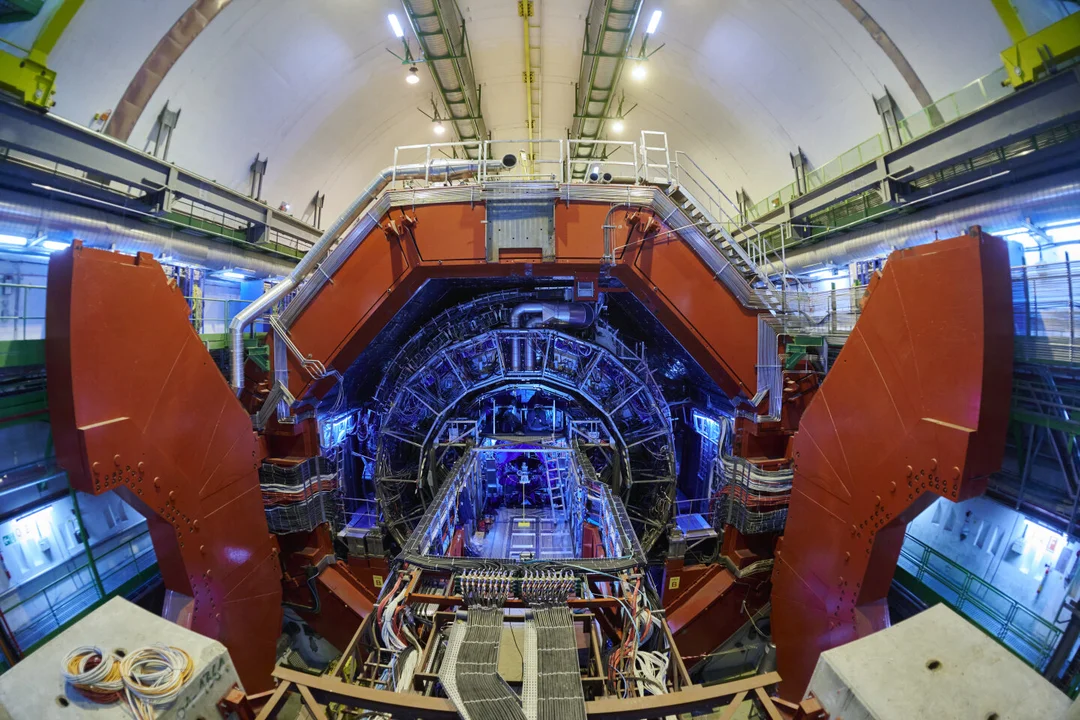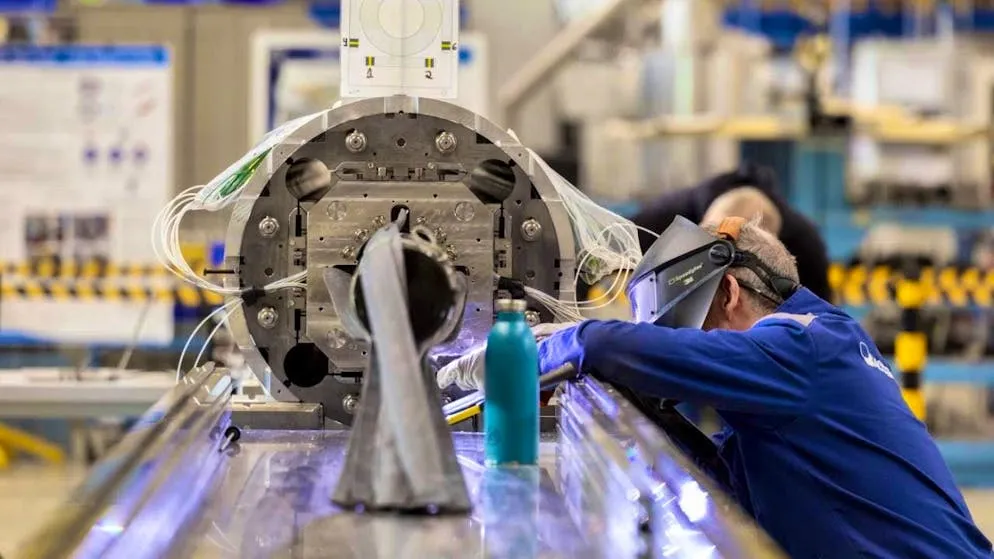
Alchemy Achieved! LHC Transmutes Lead into Gold, But Don’t Expect Riches
Medieval alchemists dreamed of turning lead into gold, a quest driven by the allure of wealth and the perceived similarity between the two metals. While they toiled with chemicals, modern physicists at CERN's Large Hadron Collider (LHC) have technically achieved this transmutation—albeit in a fleeting and minuscule way.
In a groundbreaking study published in Physical Review C, the ALICE Collaboration reports the measurement and quantification of lead transforming into gold during high-energy collisions within the LHC. But don't start planning your gold-plated mansion just yet.

Unlike the chemical processes of old, this modern alchemy involves nuclear physics. In ultra-peripheral collisions (UPCs), lead nuclei whiz past each other at near-light speed, generating immensely powerful electromagnetic fields. These fields can eject protons from the lead nuclei. Since Lead has 82 protons, knocking out exactly three protons transmutes the Lead into Gold with 79 protons.
"It is impressive to see that our detectors can handle head-on collisions producing thousands of particles, while also being sensitive to collisions where only a few particles are produced at a time, enabling the study of rare electromagnetic 'nuclear transmutation' processes," says Marco Van Leeuwen, ALICE spokesperson.
The scale is remarkable. During the LHC's Run 2 (2015-2018), about 86 billion gold nuclei were created across the four major experiments. Impressive as it sounds, this amounts to a mere 29 picograms (2.9 x 10-11 g) - far too little to even plate a watch. Moreover, The gold exists for a tiny fraction of a second before decaying.

"Thanks to the unique capabilities of the ALICE ZDCs, the present analysis is the first to systematically detect and analyse the signature of gold production at the LHC experimentally," explains Uliana Dmitrieva of the ALICE collaboration.
The study found that the LHC produces gold at a maximum rate of approximately 89,000 nuclei per second when colliding beam of lead. While far from a medieval gold rush, the study highlights the frequency of this nuclear alchemy within the LHC, nearly as often as the primary collisions physicists typically study.
The implications extend beyond mere curiosity. According to John Jowett of the ALICE collaboration, the results help “test and improve theoretical models of electromagnetic dissociation which… are used to understand and predict beam losses that are a major limit on the performance of the LHC and future colliders.”
While the dream of instant riches via alchemy remains a fantasy, the study offers invaluable insights into high-energy nuclear physics and provides essential data for improving designs of future colliders.
So, while a golden age might not be around the corner, the LHC has demonstrated a modern form of alchemy, transforming lead into gold—one fleeting nucleus at a time. What other materials could the LHC transmute in the future?
Share your thoughts in the comments below!